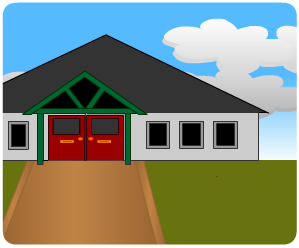
Primary care is your first point of contact with health care. In most cases this is your GP practice or medical centre. The services and facilities it offers will depend on the size of the practice and the size of the population it serves. In general the larger the practice the wider the range of services. These may include drop in centres, nurse led specialist clinics for diabetics or asthma, access to allied health professionals such as physiotherapy, occupational therapy, dietitian, chiropody/podiatry, and pharmacy. Some even have facilities for minor surgical procedures.
In rural areas where practices are smaller but cover a wide geographical area, sometimes several practices will have links together to offer more services than they could otherwise offer on their own. They also cooperate with local community hospitals.
Increasingly Telemedicine is becoming more readily available where your GP can send your medical details, test results and X-rays electronically to a hospital specialist for advice on treatment options or for expert opinion on diagnosis. In future it may be possible for people with long term conditions to be monitored at home remotely by using telemedicine equipment.
As the population gets older there has been a much greater emphasis on providing care locally or closer to where patients live. From 2016 health and social care integration is being rolled out across Scotland. Reorganisation of services has allowed patients and carers to become more involved in how these services are being delivered by health boards. Details for Voices Scotland training Heath Improvement Scotland can be found here.